Puya chillies are small, wrinkled peppers native to South America, known for their smoky flavor and medium to high heat (30,000-50,000 Scoville Heat Units). They're widely used in Latin American cuisine for sauces, salsas, and stews, offering a unique balance of heat and depth. This guide covers everything you need to know about puya chillies, including flavor profile, buying tips, cooking techniques, and common mistakes to avoid.
Table of Contents
Flavor Profile & Heat Level
Puya chillies deliver a complex flavor profile with distinct smokiness similar to chipotle peppers but sharper and more peppery. Their heat level ranges from 30,000 to 50,000 Scoville Heat Units (SHU), placing them between jalapeños and habaneros. This medium-to-high heat provides a robust kick without overwhelming dishes.
| Chili Type | Heat Range (SHU) | Flavor Notes |
|---|---|---|
| Puya | 30,000 - 50,000 | Smoky, peppery, slightly sweet |
| Chipotle | 2,500 - 8,000 | Smoky, earthy, slightly sweet |
| Jalapeño | 2,500 - 8,000 | Peppery, fresh, slightly grassy |
| Habanero | 100,000 - 350,000 | Sweet, fruity, extremely spicy |
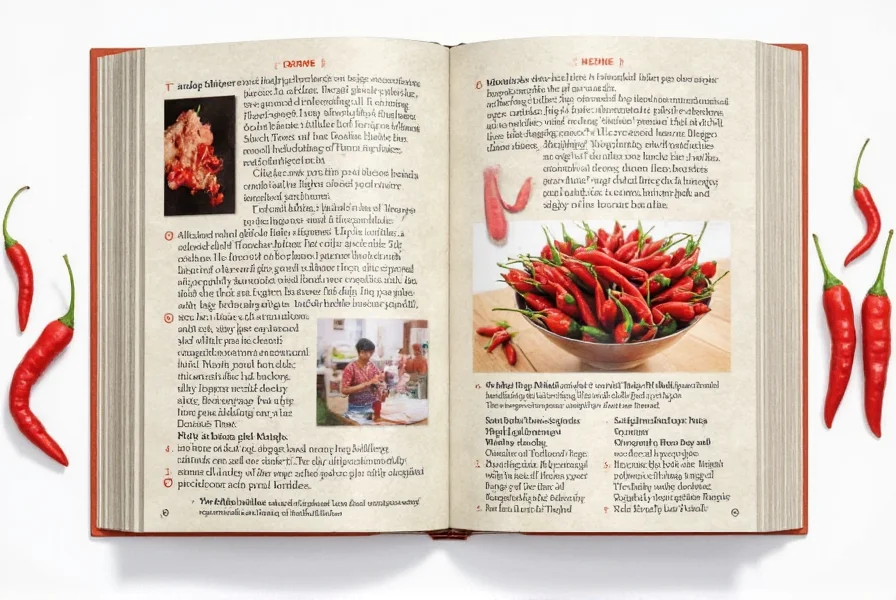
Culinary Uses and Pairing Tips
Puya chillies shine in both fresh and dried forms. Fresh peppers deliver vibrant heat, while dried ones intensify smokiness. Key applications include:
- Sauces and Salsas: Essential for authentic Mexican and Bolivian hot sauces, adding depth to tacos and grilled meats.
- Stews and Soups: Enhance broths with smoky complexity without overpowering other ingredients.
- Marinades: Infuse chicken, beef, or tofu with bold flavor before grilling or roasting.
- Roasted or Grilled: Bringing out natural sweetness and smoky notes for side dishes or garnishes.
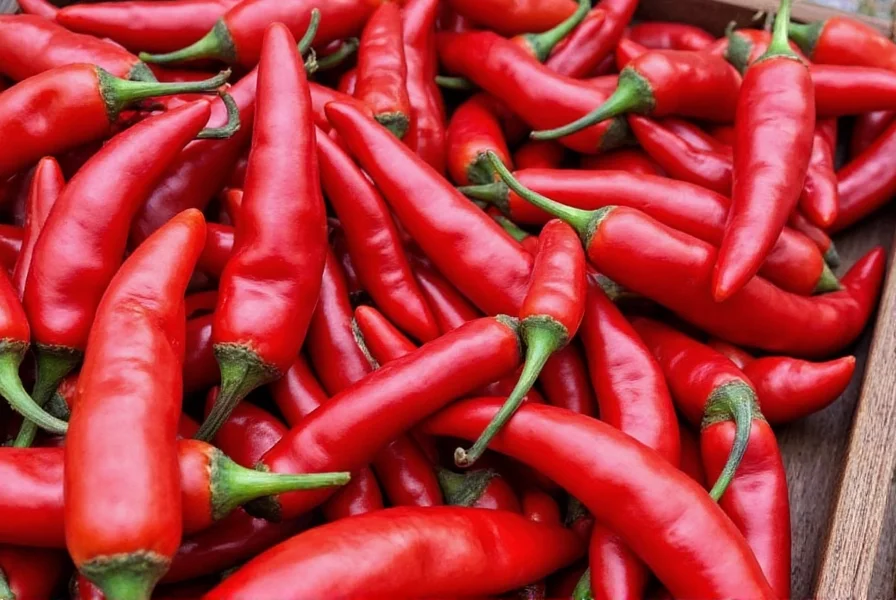
Balance their heat with creamy elements like avocado, sour cream, or yogurt, or sweet fruits like mango and pineapple to create well-rounded dishes.
Buying Guide: How to Choose the Best Puya Chillies
Fresh Puya Chillies
Select firm, glossy peppers with deep red or orange-red color. Avoid shriveled, soft, or discolored specimens. Fresh puyas should feel heavy for their size and have intact stems.
Dried Puya Chillies
Look for plump, flexible pods with a strong smoky aroma. Avoid brittle or faded peppers. High-quality dried puyas will have a slightly sticky texture when touched and no signs of mold.
- Dried Puya Chile Peppers: Ideal for sauces, salsas, and stews. Rich smoky flavor with consistent heat. Store in airtight containers for up to 1 year.
- Puya Chili Sauce: Ready-to-use option for quick meals. Balanced heat and smokiness. Perfect for drizzling over eggs, grilled meats, or mixing into dressings.
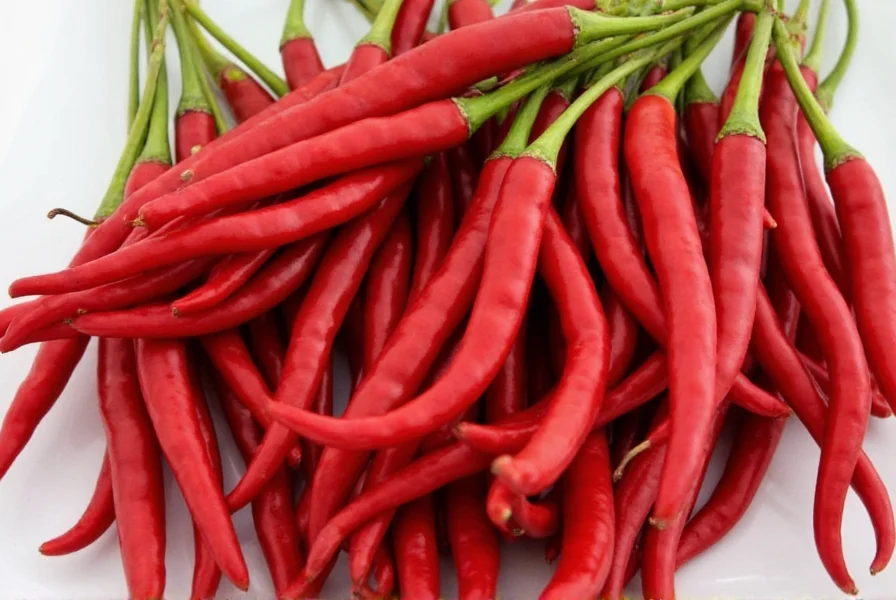
Cooking Tips for Puya Chillies
- Wear Gloves: Always use gloves when handling fresh or dried puyas to prevent skin irritation from capsaicin oils.
- Toast Dried Chillies: Lightly toast dried puyas in a dry skillet before grinding to enhance smoky aroma and flavor depth.
- Gradual Addition: Start with small amounts (1-2 peppers per dish) and taste before adding more. Heat intensifies during cooking.
- Proper Storage: Store fresh puyas in the refrigerator for up to 10 days. Keep dried puyas in airtight containers away from light and moisture.
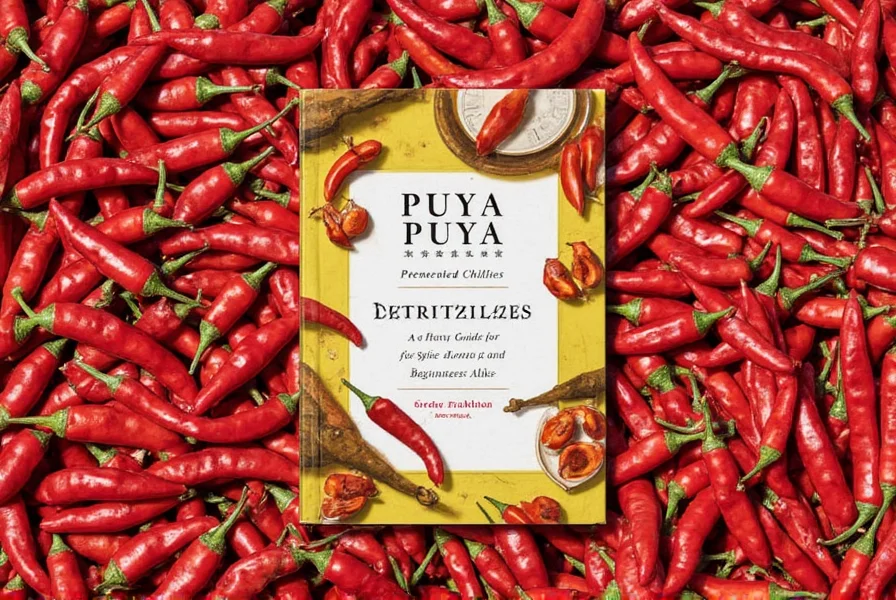
Common Mistakes to Avoid
- Overusing: Puya's potency means a little goes far. Start with 1/4 teaspoon of ground puya per recipe.
- Skipping Gloves: Capsaicin oils can cause severe skin and eye irritation. Never touch your face without washing hands thoroughly.
- Using Low-Quality Chillies: Poorly sourced puyas may be bitter or bland. Buy from reputable spice merchants or Latin grocery stores.
- Misusing in Recipes: Avoid using puya in delicate dishes where its smoky heat would overwhelm. Best suited for robust, savory applications.
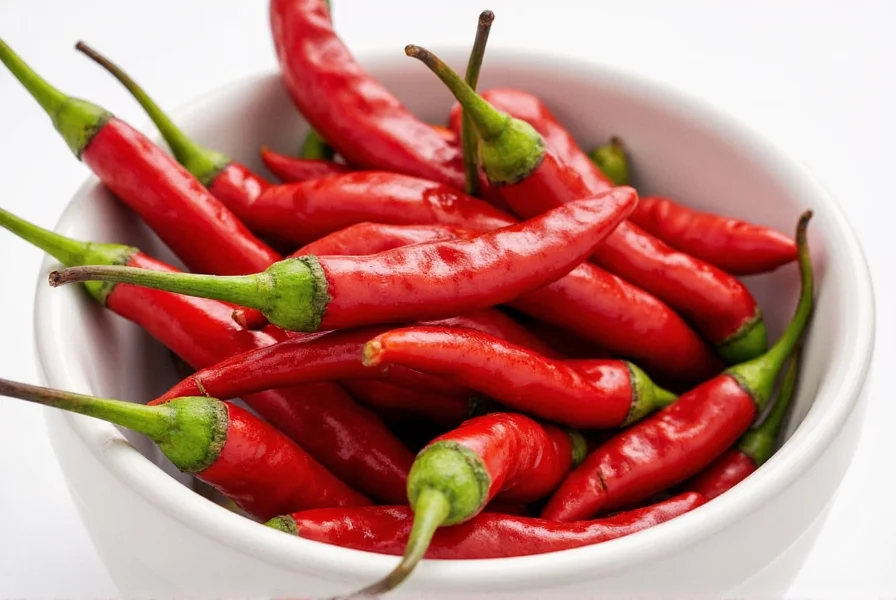
Frequently Asked Questions About Puya Chillies
What are puya chillies?
Puya chillies are small, wrinkled peppers native to South America, primarily used in Bolivian, Peruvian, and Argentinian cuisine. They're prized for their smoky flavor and medium-to-high heat (30,000-50,000 SHU).
How hot are puya chillies compared to other peppers?
Puya chillies range from 30,000 to 50,000 Scoville Heat Units (SHU), making them significantly hotter than jalapeños (2,500-8,000 SHU) and chipotles (2,500-8,000 SHU), but milder than habaneros (100,000-350,000 SHU).
What do puya chillies taste like?
Puya chillies feature a complex smoky flavor with peppery sharpness and subtle sweet undertones. When roasted, their natural sugars caramelize, enhancing sweetness while maintaining heat.
Can I substitute puya chillies with other peppers?
Yes, but with flavor differences. Chipotle peppers provide similar smokiness (though milder), while guajillo peppers offer texture but less heat. For closest match, combine chipotle for smokiness and cayenne for heat intensity.
How should I store puya chillies?
Fresh puya chillies last up to 10 days refrigerated in a sealed container. Dried puya should be stored in airtight glass jars away from light and moisture for up to 1 year to preserve potency.
Are puya chillies the same as guajillo peppers?
No. Puya chillies are smaller, thinner, and significantly hotter (30k-50k SHU) than guajillos (2,500-5,000 SHU). Puyas have more pronounced smokiness, while guajillos are milder and fruitier.
How can I handle puya chillies safely?
Always wear food-safe gloves when handling. Wash hands thoroughly with soap and water after contact. Never touch your eyes or face without washing hands first to avoid severe irritation.
What dishes work best with puya chillies?
Puya chillies excel in Latin American sauces, salsas, stews, and marinades. They pair perfectly with grilled meats, roasted vegetables, and hearty soups. Their smoky heat also enhances chocolate-based desserts and mole sauces.
Puya chillies are a versatile spice powerhouse that elevates any dish with their signature smoky heat. Whether you're making traditional Latin sauces or experimenting with global cuisine, understanding their unique profile ensures perfect results every time. Start with small amounts, balance with creamy or sweet elements, and let their complex flavor transform your cooking.
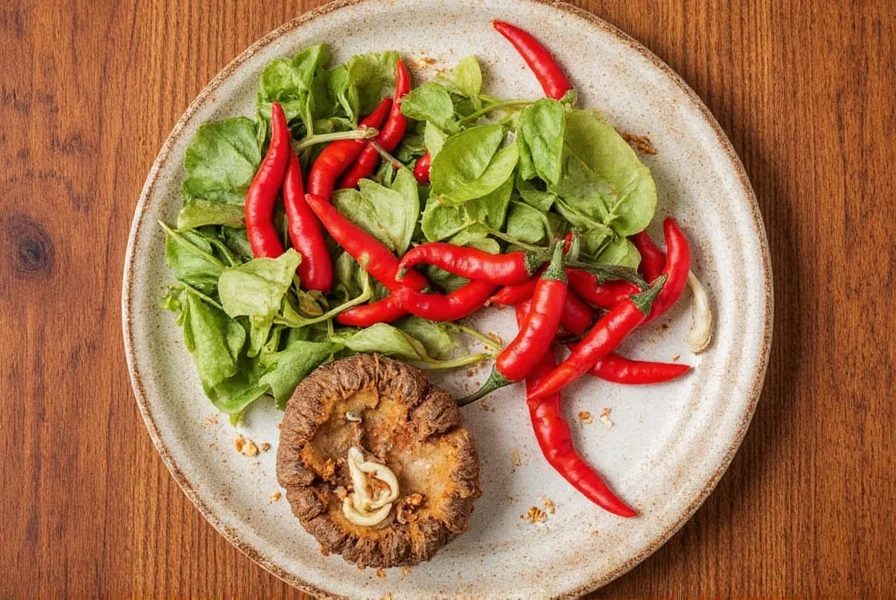
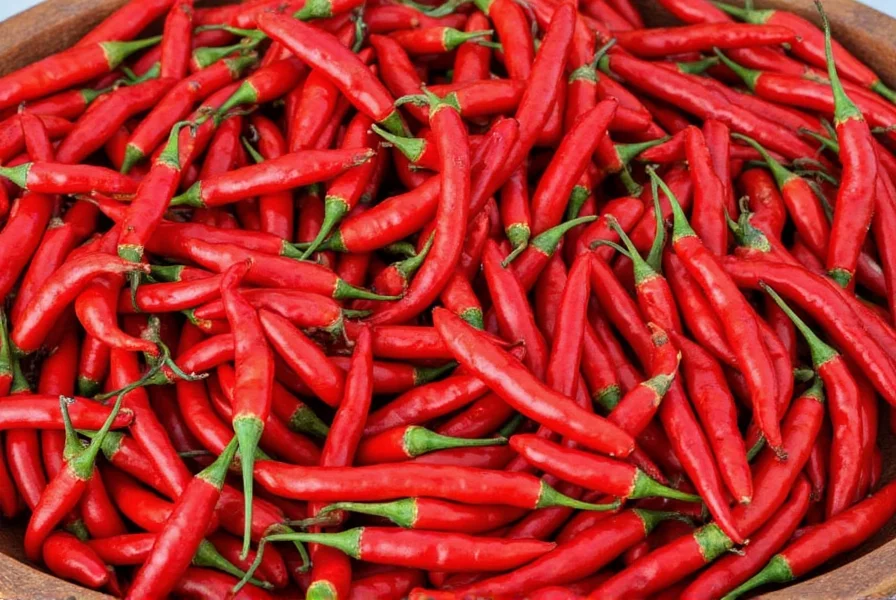
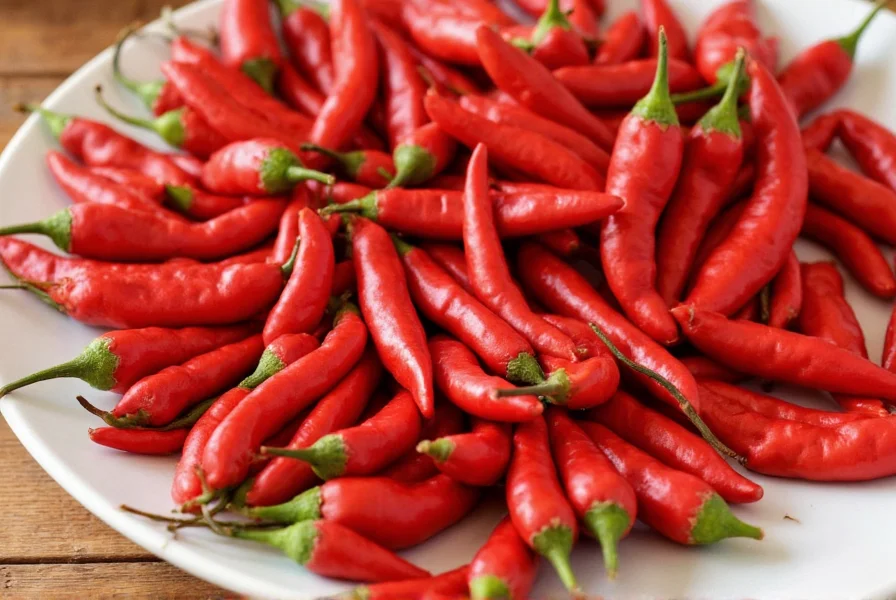
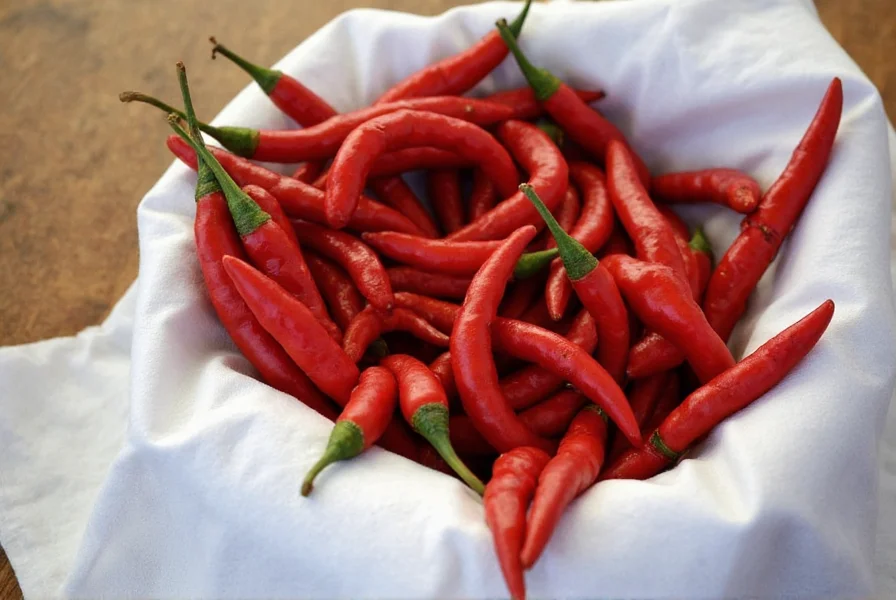
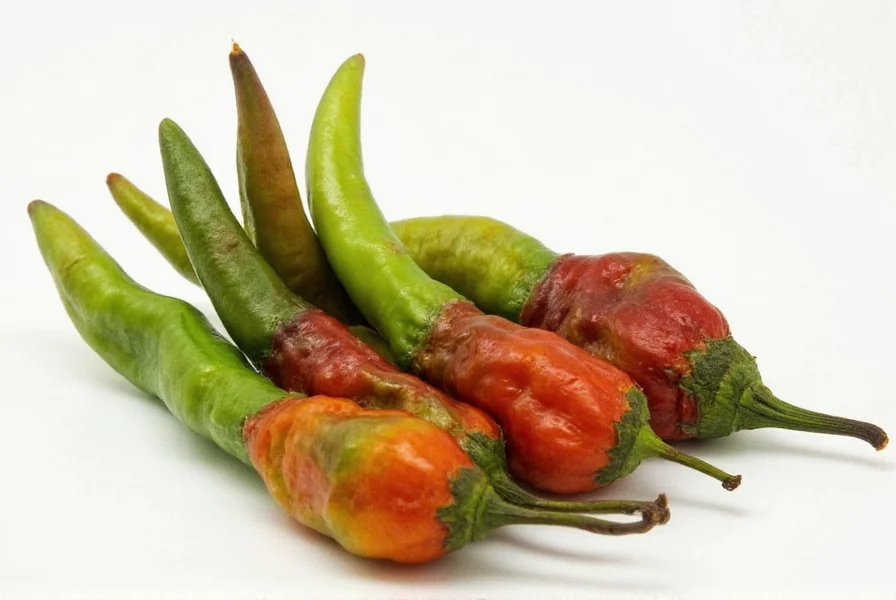

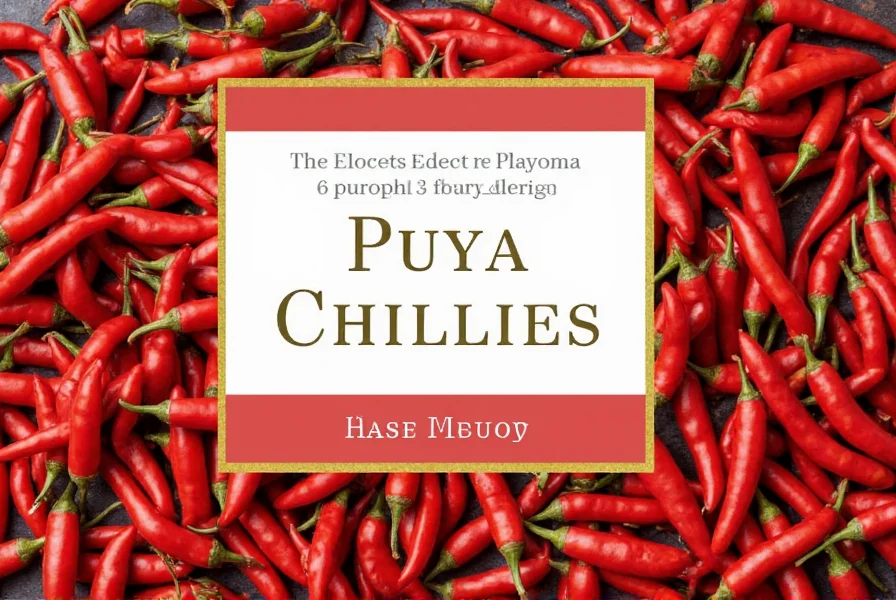









 浙公网安备
33010002000092号
浙公网安备
33010002000092号 浙B2-20120091-4
浙B2-20120091-4